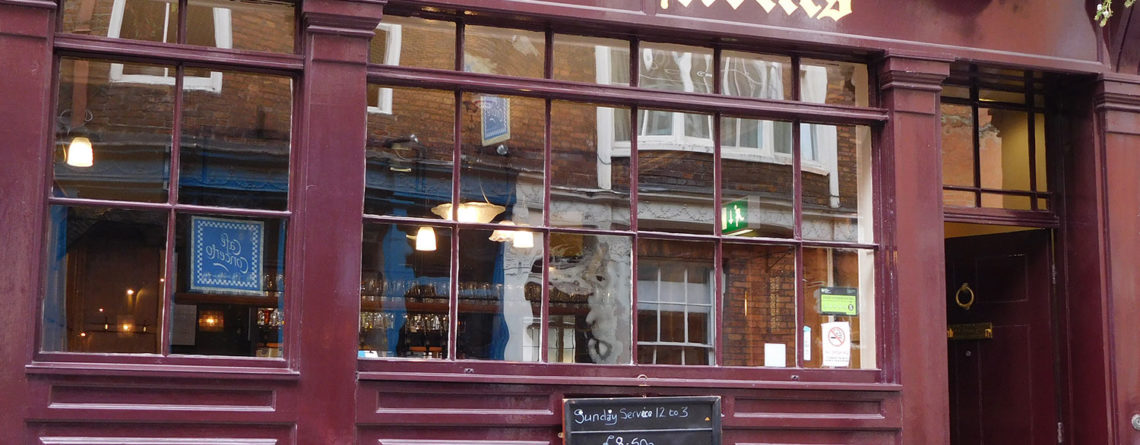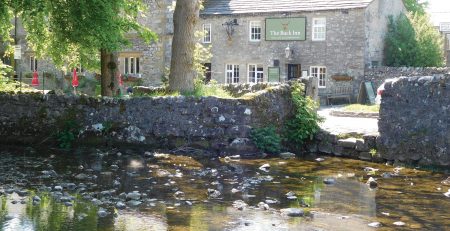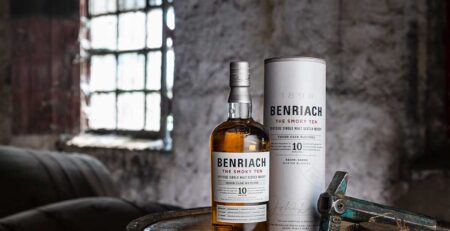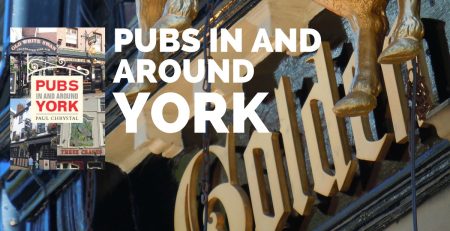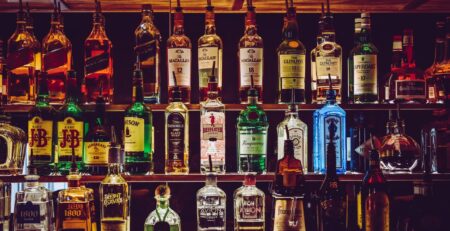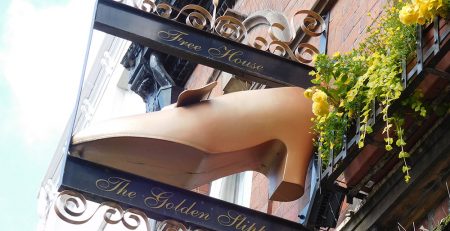14 York Pubs You Should Not Miss
York is famous for many things.
It’s Minster’s towers are visible from all around, and its Viking past can be explored at the Jorvik Viking Centre.
The city walls and many buildings tell of the city’s medieval past, while the timber-framed buildings along The Shambles date to the 14th century.
Throughout York there are many historic pubs and hostelries. The city has become well known for them, and the culture of real ale has only helped that. In his new book Pubs In & Around York, Paul Chrystal says “In York in the Middle Ages the saying goes that there was a monastery for every day of the week (7), a church for every week of the year (52) and a pub for every day of the year (365).”
If you are looking for a wonderful drinking place in York, these are the 14 pubs you should not miss!
The Royal Oak
18 Goodramgate, YO1 7LG
 A Grade II listed timber-framed building from the 15th century houses this old York pub. Although the current mock-tudor interior was added in the 1930s, it has a wonderful atmosphere made even better by the presence of a library.
A Grade II listed timber-framed building from the 15th century houses this old York pub. Although the current mock-tudor interior was added in the 1930s, it has a wonderful atmosphere made even better by the presence of a library.
The York Arms
26 High Petergate, YO1 7EH
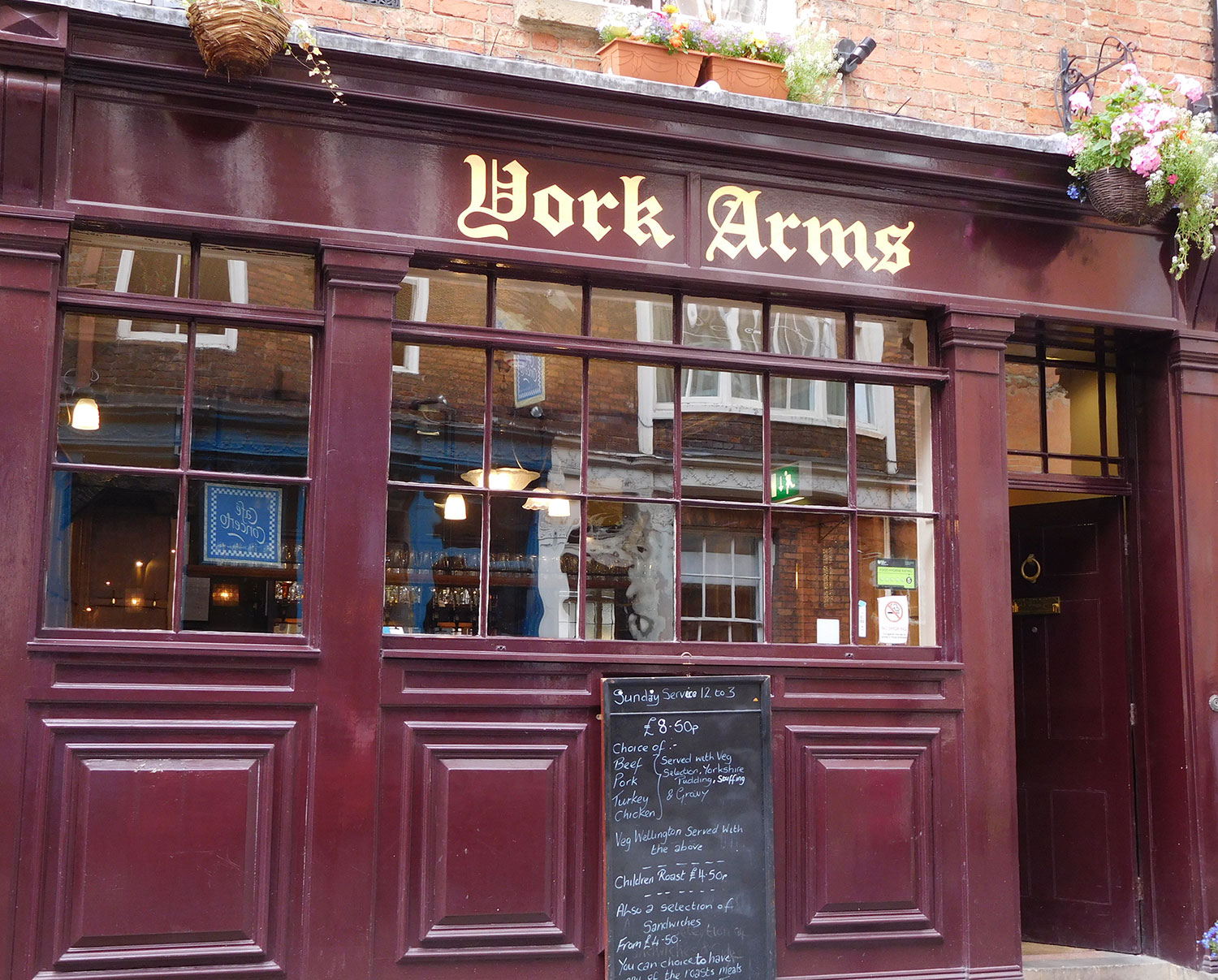 Since 1733 it was Carr’s Coffee House, then from 1789 the Chapter Coffee House when John Kilby – a brewer and Lord Mayor, took it on, then The Eclipse in 1818, The Board after an 1838 rebuild, back to The Chapter Coffee House in 1843 and The York Arms in 1860. The pub is named after the city’s coat of arms.
Since 1733 it was Carr’s Coffee House, then from 1789 the Chapter Coffee House when John Kilby – a brewer and Lord Mayor, took it on, then The Eclipse in 1818, The Board after an 1838 rebuild, back to The Chapter Coffee House in 1843 and The York Arms in 1860. The pub is named after the city’s coat of arms.
The Rolling Stones and The Clash both called in at The York Arms early in their careers, performing impromptu concerts.
The Old White Swan
80 Goodramgate, YO1 7LF
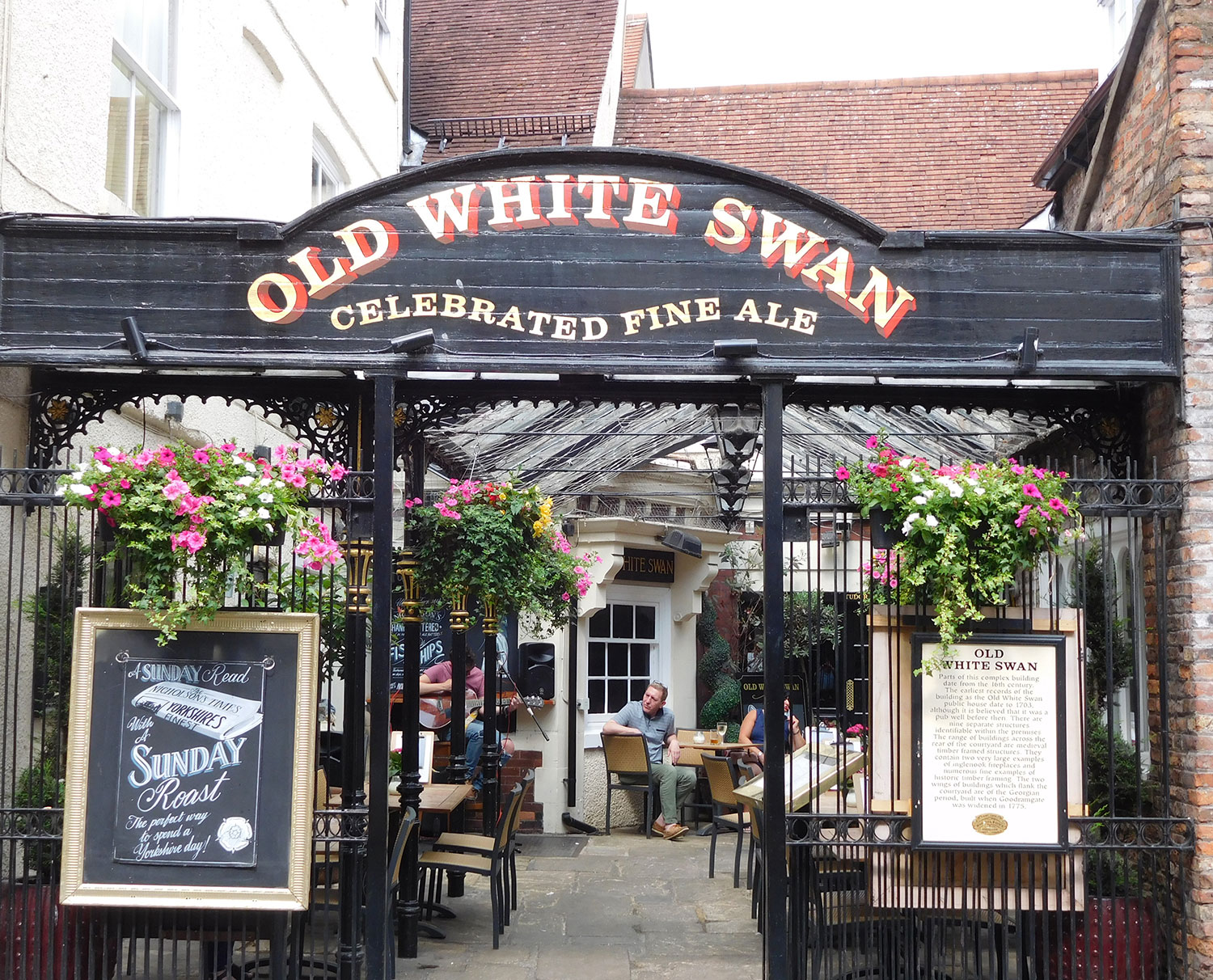 The Old White Swan is made up of a motley collection of buildings, part timber framed, but mainly brick, dating from the 16th century; they include a Georgian dining room to the left and a Tudor bar straight ahead as you go in. The two storied centre ranges from the 16th century, set back from street, with side wings mid-18th century. The frontage to Goodramgate was rebuilt in 1771.
The Old White Swan is made up of a motley collection of buildings, part timber framed, but mainly brick, dating from the 16th century; they include a Georgian dining room to the left and a Tudor bar straight ahead as you go in. The two storied centre ranges from the 16th century, set back from street, with side wings mid-18th century. The frontage to Goodramgate was rebuilt in 1771.
The Old White Swan was recorded as an inn in 1703 but it has had multiple uses: various parts of it at various times were a pigsty, barbers shop, poultry market and barn. The Gallery and Minstrel Bar exhibit fine examples of timber framing and a former hayloft. A Roman column is preserved under a glass panel, but is not in situ.
Guy Fawkes Inn
25 High Petergate, YO1 7HP
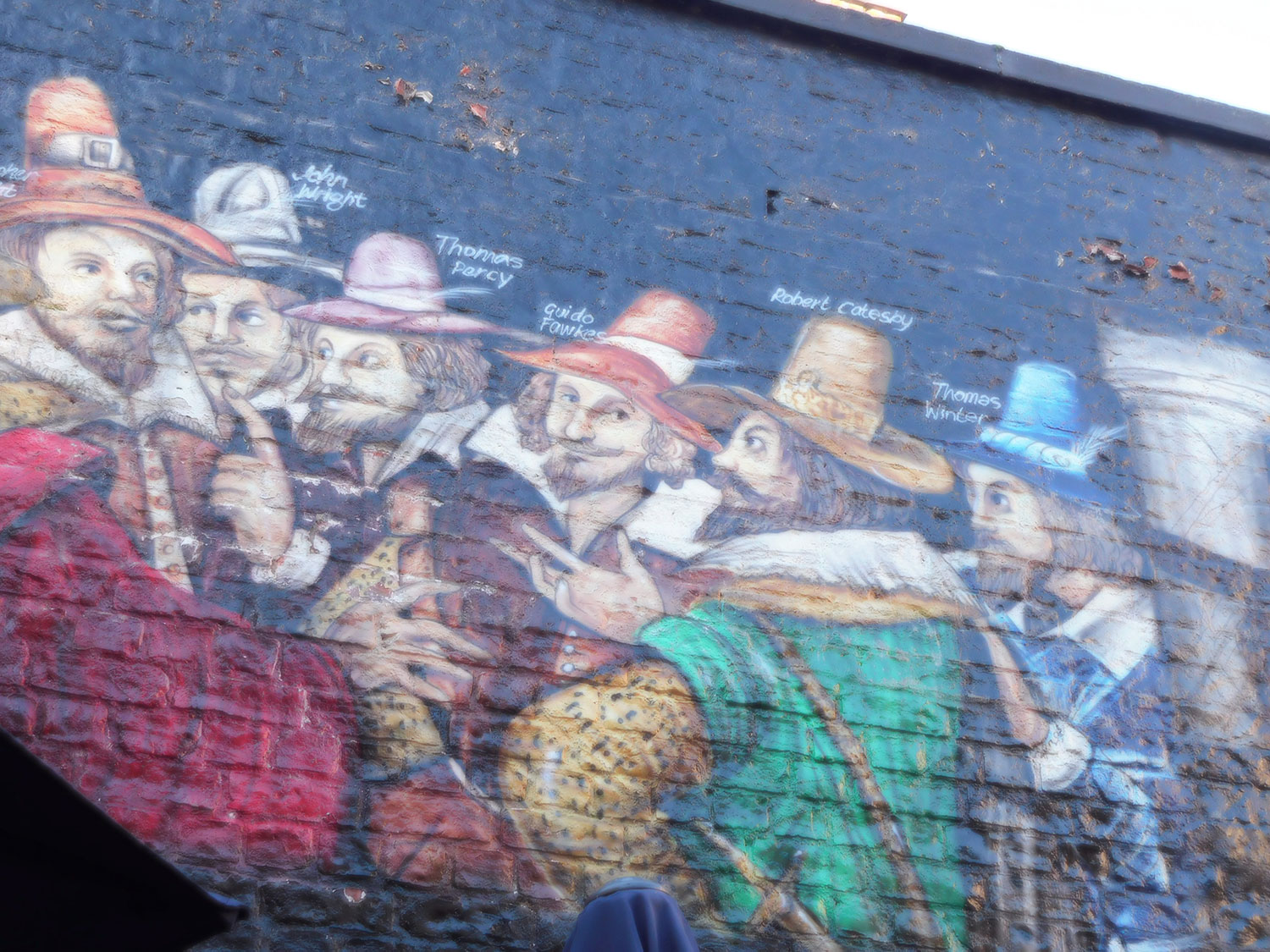 Named after the famous rebel and would-be mass murderer who was born nearby and baptised at the church opposite the pub.
Named after the famous rebel and would-be mass murderer who was born nearby and baptised at the church opposite the pub.
Built in 1707, real gas lights and candles still flicker in the public rooms here, adding to the conspiratorial atmosphere. A window from 1801 at the top of a staircase shows the arms of York and the House of Hanover.
Golden Slipper
20 Goodramgate, YO1 7LG
 ‘To create the unique ambience of an English country pub, but in the very heart of the beautiful City of York’. That’s the aim of the current owners of this wonderful pub. The north east part of the pub was built in the 15th and 16th centuries while the 19th century saw the rest completed and the Victorian brick facade added.
‘To create the unique ambience of an English country pub, but in the very heart of the beautiful City of York’. That’s the aim of the current owners of this wonderful pub. The north east part of the pub was built in the 15th and 16th centuries while the 19th century saw the rest completed and the Victorian brick facade added.
Still in the front lounge, you can see where a “Coffin Drop” was located – where the ceiling is lower; it would allow corpses to exit the building via the side passage, as it was thought to be very unlucky for a body to leave from the front door of a building.
Ye Olde Starr Inn
40 Stonegate, YO1 8AS
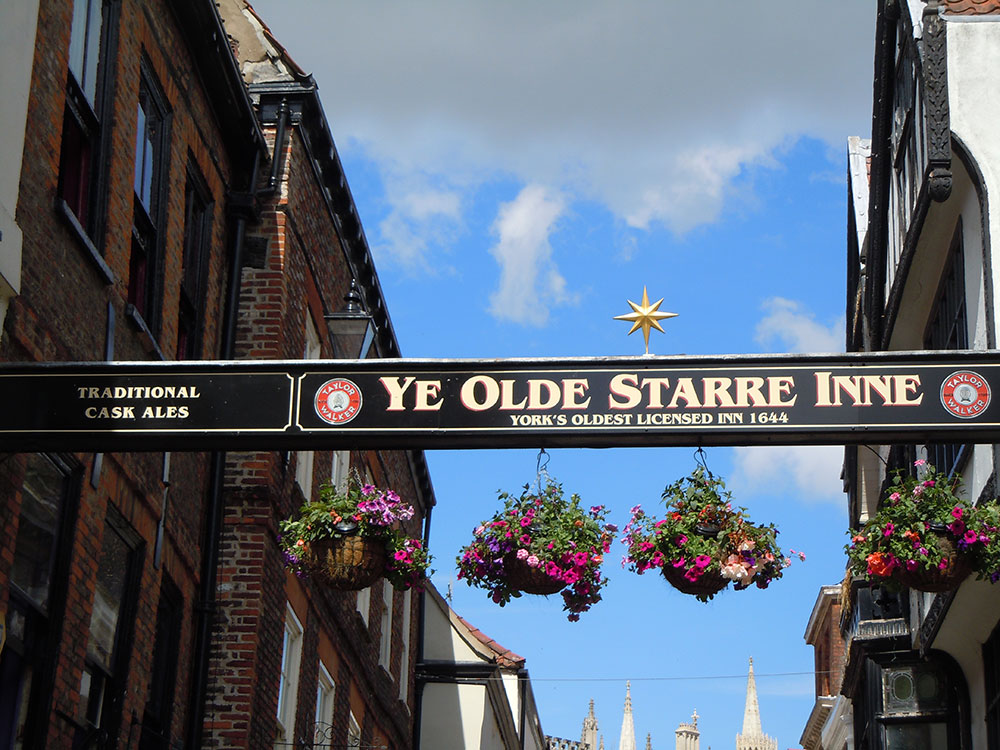 York’s oldest licensed public house, serving us since at least 1644. Its famous sign spreads across Stonegate and is hard to miss.
York’s oldest licensed public house, serving us since at least 1644. Its famous sign spreads across Stonegate and is hard to miss.
The earliest reference is of a printer, Puritan sympathiser Thomas Broad, dwelling at Mistress Roger’s house in Stonegate, ‘over against the Starre’ in 1644. The main block at the back of the yard is mid 16th century. Originally there was a coaching yard in front.
Lendal Cellars
26 Lendal, YO1 8AA
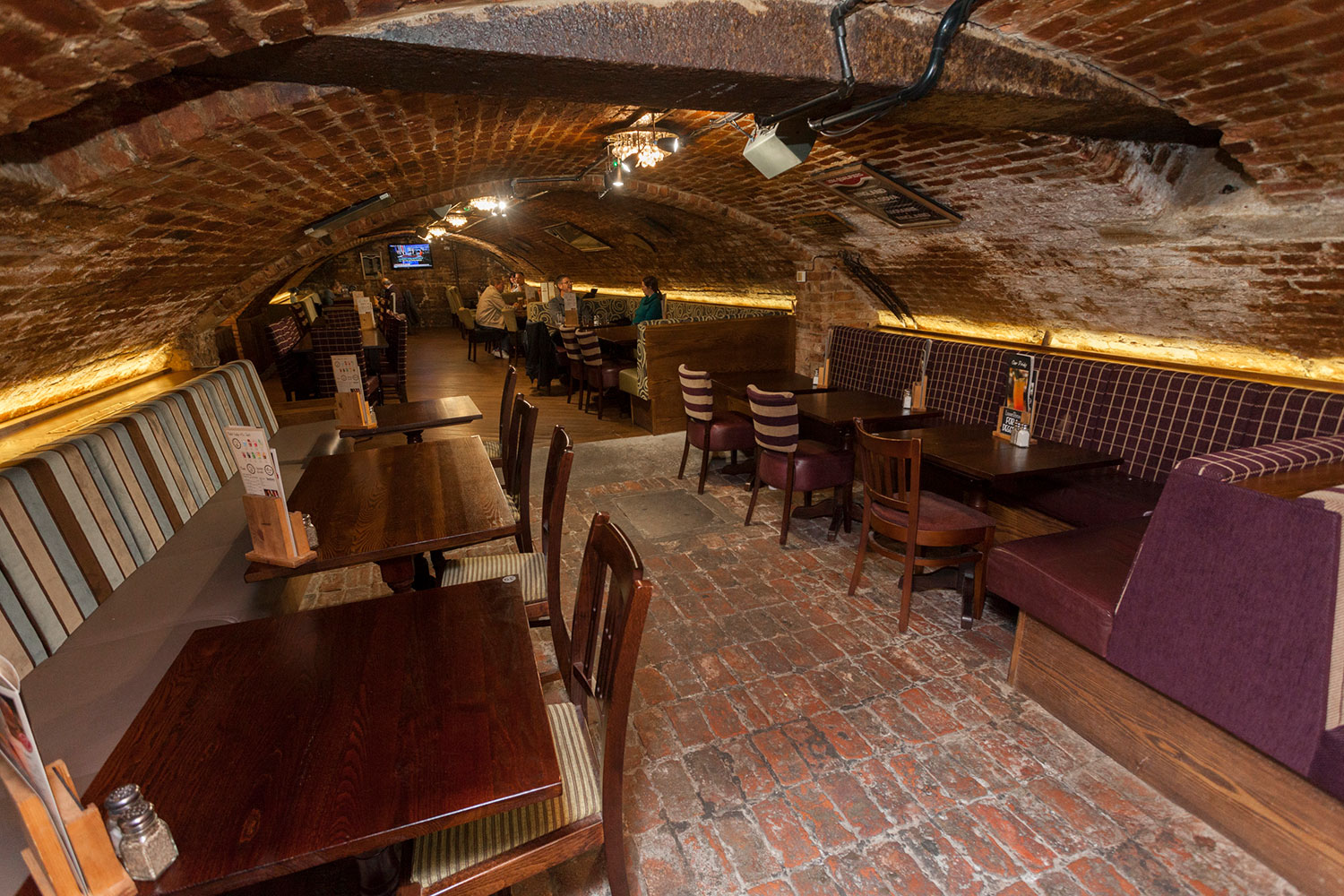 Lendal Cellars opened in 1984 and consists of a group of brick-built buildings constructed in the 18th and 19th centuries and is right next to the recently restored Mansion House, the residence of the Lord Major of York. This historic pub is located under three large brick arches which were originally the Lord Mayor’s wine cellars in a brick-vaulted semi-basement.
Lendal Cellars opened in 1984 and consists of a group of brick-built buildings constructed in the 18th and 19th centuries and is right next to the recently restored Mansion House, the residence of the Lord Major of York. This historic pub is located under three large brick arches which were originally the Lord Mayor’s wine cellars in a brick-vaulted semi-basement.
The Maltings
Tanner’s Moat, YO1 6HU

This excellent pub was originally called the Railway Tavern (because it was near York’s two railway stations), and later The Lendal Bridge Inn (because it is just off the bridge); it was established in 1842. The current owner purchased the pub from Bass in 1992, and renamed it The Maltings.
A great place to stop for refreshment before or after catching a train!
York Tap
York Railway Station
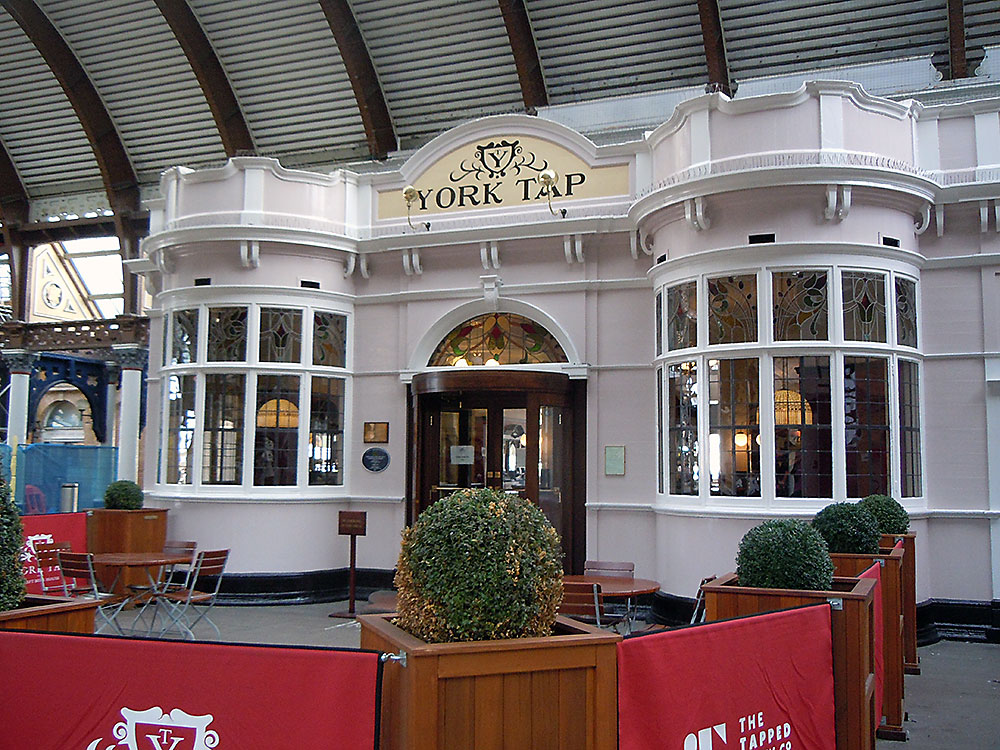 ‘Well worth missing your train for’, so says one of the (true for a change) online comments. Situated on the platform at York Railway Station, both rooms of the pub are exquisitely furnished and the ambience is excellent. The building, which was built in the early 1900s, features restored original fireplaces and stained-glass windows and skylights.
‘Well worth missing your train for’, so says one of the (true for a change) online comments. Situated on the platform at York Railway Station, both rooms of the pub are exquisitely furnished and the ambience is excellent. The building, which was built in the early 1900s, features restored original fireplaces and stained-glass windows and skylights.
The Blue Bell
53 Fossgate, YO1 9TF
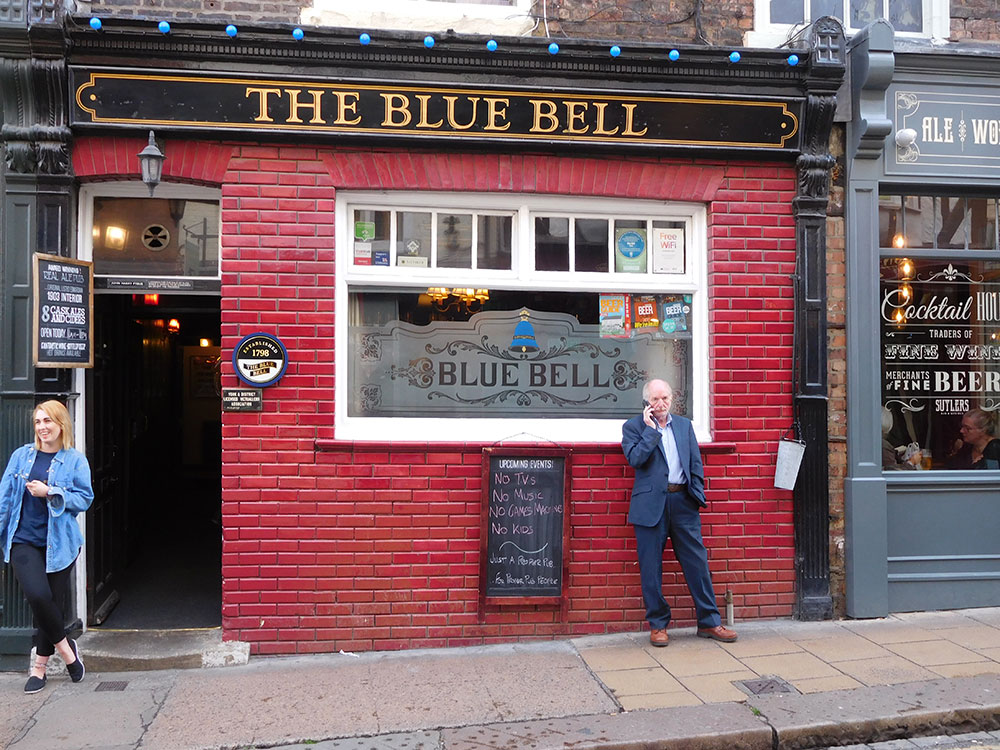 This, York’s smallest pub, and one of the best, was opened in 1798 when the back of the pub faced on to Fossgate and the front was in Lady Peckett’s Yard. In 1845 it was the meeting place of the Chartist Cooperative Land Society, an ill- conceived organisation which urged working class people to become self-sufficient, spurning factory for field.
This, York’s smallest pub, and one of the best, was opened in 1798 when the back of the pub faced on to Fossgate and the front was in Lady Peckett’s Yard. In 1845 it was the meeting place of the Chartist Cooperative Land Society, an ill- conceived organisation which urged working class people to become self-sufficient, spurning factory for field.
Women were barred from the public bar until as recently as the 1990s. Drinking is encouraged in the narrow corridor where a drop-down seat gives some rest to the weary.
The Red Lion
2 Merchantgate, YO1 9TU
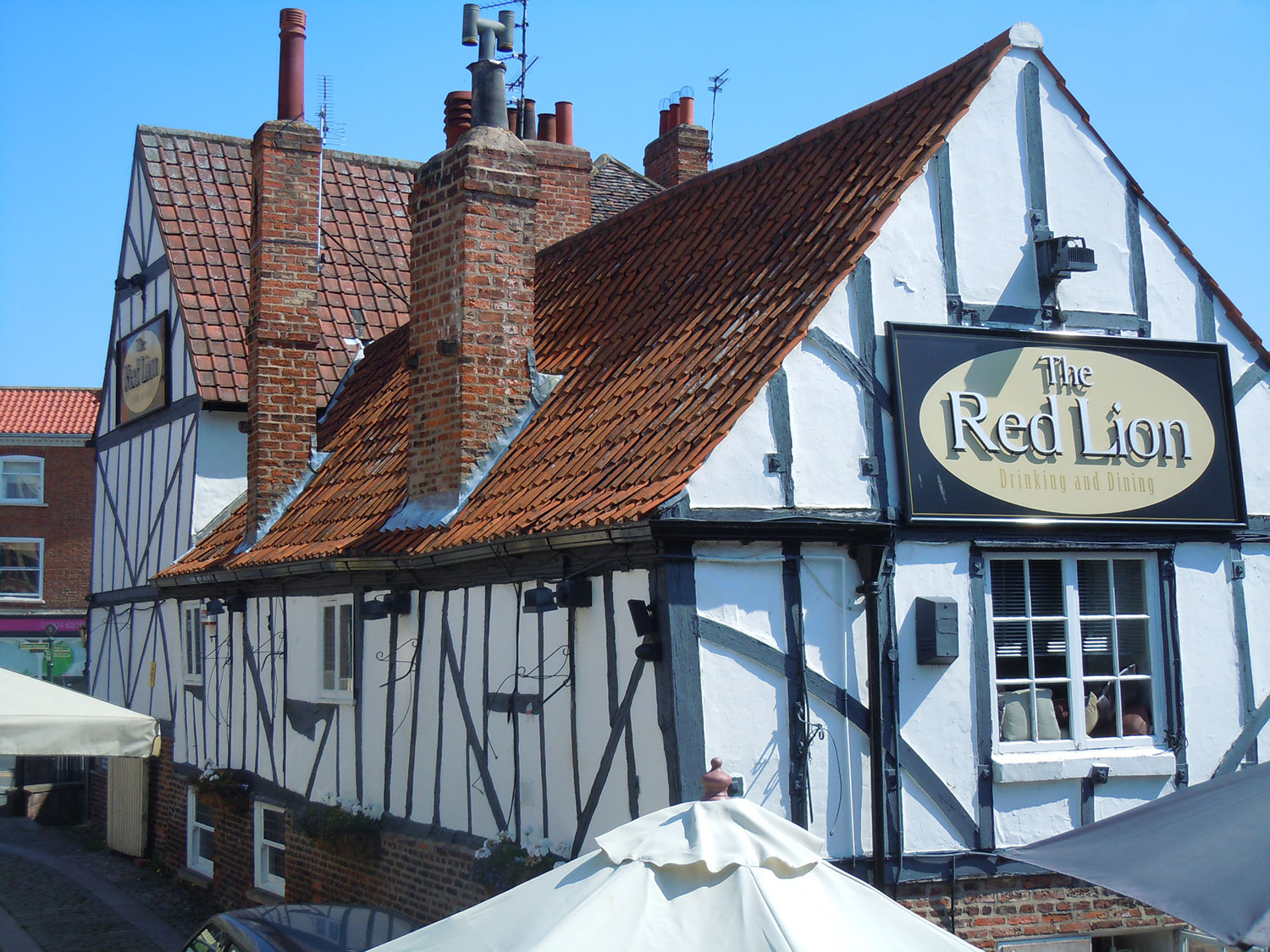 The Red Lion is built on 13th century foundations, with 14th-15th century superstructure; a bread oven has been discovered dating from the 14th century; it now resides in the front bar. The pub has two side wings of c.1600. It claims to be the oldest building in York to be used as a pub, though it has only been licensed since 1783.
The Red Lion is built on 13th century foundations, with 14th-15th century superstructure; a bread oven has been discovered dating from the 14th century; it now resides in the front bar. The pub has two side wings of c.1600. It claims to be the oldest building in York to be used as a pub, though it has only been licensed since 1783.
The pub is notable for its priest hole, hidden between two bedrooms and up one of the chimneys; the Red Lion was presumably a refuge for York recusants when the building was probably a private dwelling. There is a legend that Dick Turpin hid here and escaped through a window.
The Golden Ball
2 Cromwell Road, YO1 6DU
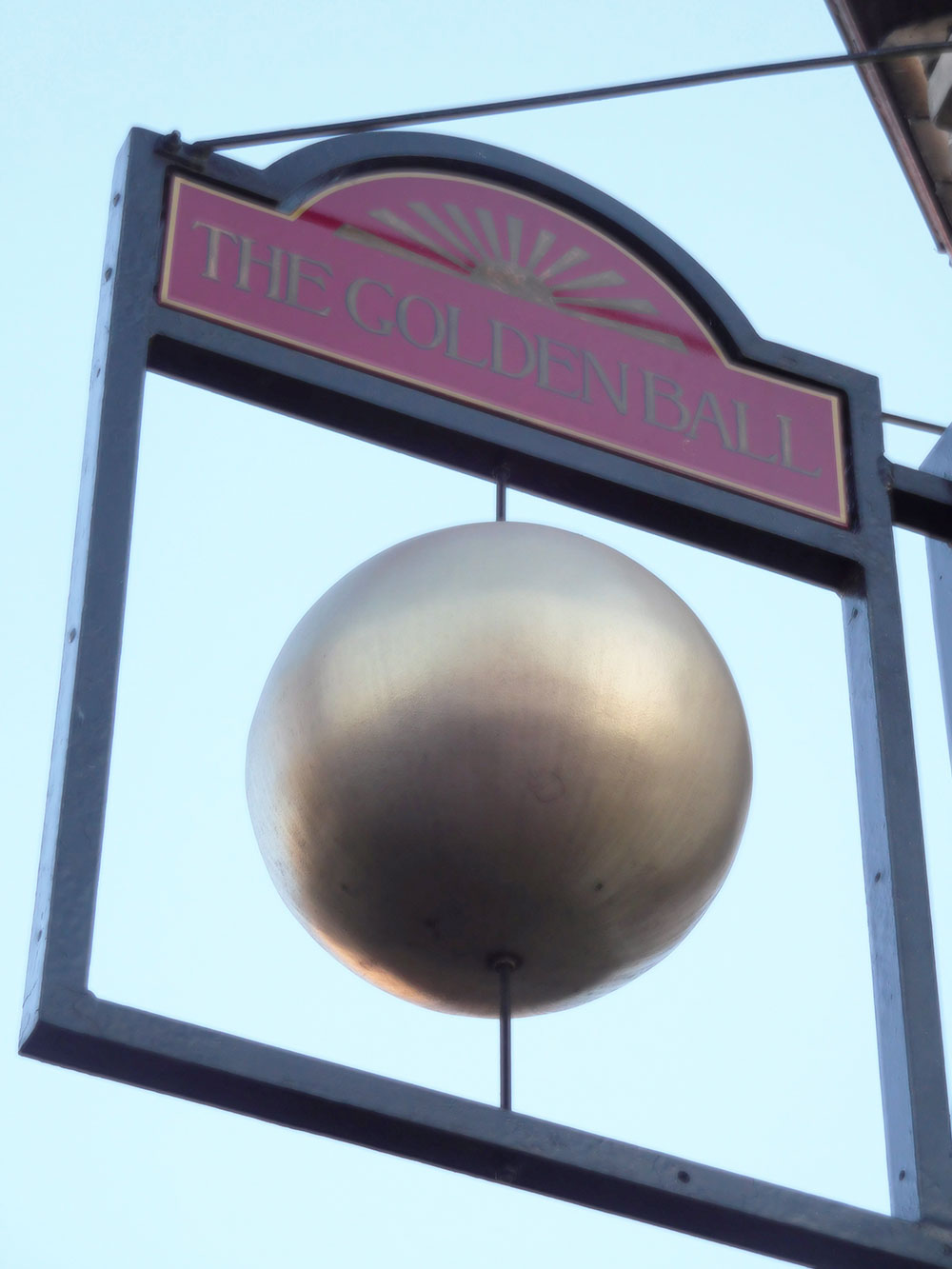 The Golden Ball dates back to the late 18th century with its first mention in newspapers of 1773. Charles Dickens may well have drunk here.
The Golden Ball dates back to the late 18th century with its first mention in newspapers of 1773. Charles Dickens may well have drunk here.
John Smiths bought the pub in 1902 and in 1929 their refurbishment included the unique bar-side seating alcove. The building is Grade II listed, and the pub operates as a co-operative venture.
The Golden Fleece
23 Peaseholme Green, YO1 7PR
 The ancient Golden Fleece still survives with its impressive golden sheep hanging above the door. The pub is reputedly haunted, home to no fewer than seven ghosts. Earliest mention of the building is in the City Archive of 1503.
The ancient Golden Fleece still survives with its impressive golden sheep hanging above the door. The pub is reputedly haunted, home to no fewer than seven ghosts. Earliest mention of the building is in the City Archive of 1503.
It is York’s second oldest continuously licensed premises – dating back to 1668. The frontage is mid-19th century, but rear parts go back to 16th century, and are what is left of a courtyard for coaches: the Golden Fleece was a major coaching inn in the 18th and early 19th centuries.
The Black Swan
Peaseholme Green, YO1 7PR
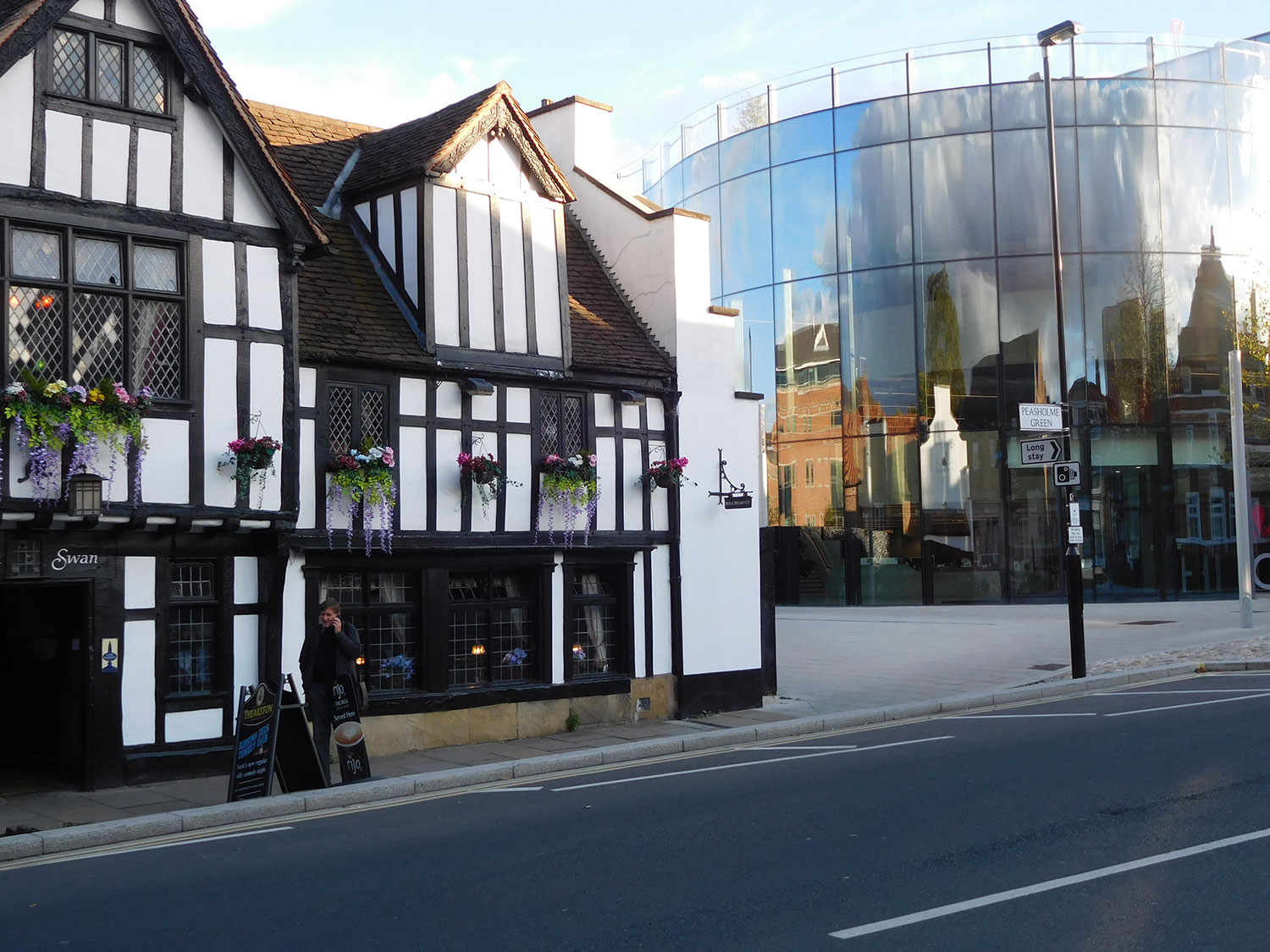 A fine former mid-16th century merchant’s mansion, the Black Swan is in Peasholme Green and is another former coaching station.
A fine former mid-16th century merchant’s mansion, the Black Swan is in Peasholme Green and is another former coaching station.
Seriously haunted and also known as The Mucky Duck, it is one of the oldest licensed houses in York. Originally, though, it was the home of William Bowes, former Sheriff, Mayor and MP between 1417 and 1428. The upstairs room was the venue for illegal cock-fights; the grill used by the guard to watch the stairs can still be seen. The pub still has a fine oak staircase and a magnificent Delft fireplace.
 Pubs In & Around York
Pubs In & Around York
Pubs In & Around York by Paul Chrystal uncovers hundreds of the city’s finest drinking establishments both within and without the city walls.
It also looks further afield, detailing the best pubs in surrounding villages, and has chapters on the lost pubs of York, temperance, and brewing history in the city.


